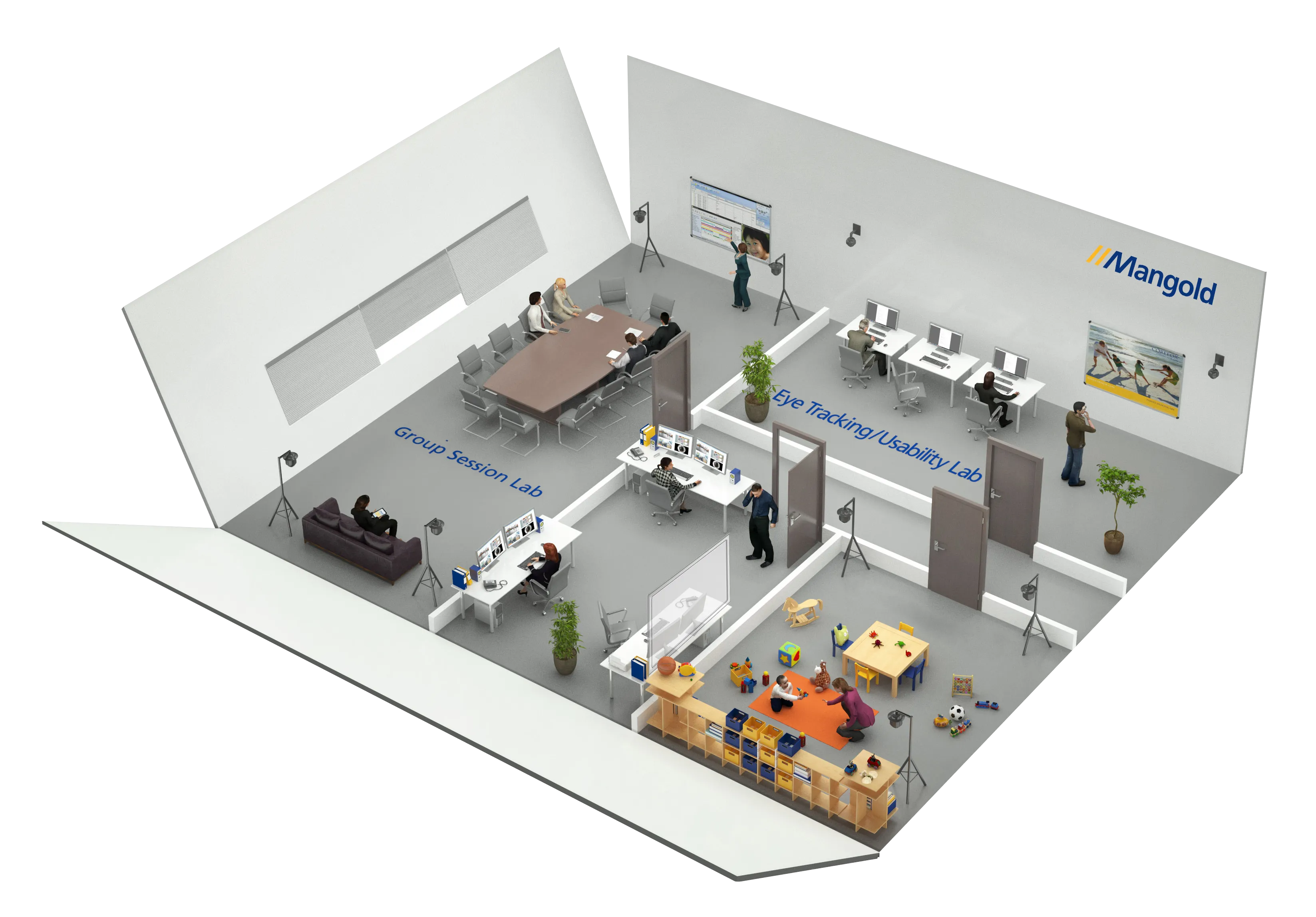ApplicationArea · 3 min read
Safety Ergonomics
Explore the principles of Safety Ergonomics for creating safer workplaces through optimized design, injury prevention, and worker well-being strategies.

Safety Ergonomics is a specialized branch of ergonomics that prioritizes the design and optimization of work environments to minimize risks, prevent accidents, and promote the well-being of workers. This article delves into the foundational principles, methodologies, applications, and the transformative impact of safety ergonomics, emphasizing the role it plays in creating safer and healthier workplaces.
Designing Work Environments for Enhanced Safety and Well-being
Safety Ergonomics focuses on aligning the design of work environments with human capabilities, emphasizing safety and minimizing the potential for accidents and injuries.
This article introduces the key components of safety ergonomics and its significance in fostering a culture of safety within various industries.
Core Principles of Safety Ergonomics
- Anthropometrics and Biomechanics: Applying knowledge of human body dimensions and mechanics to design workspaces, tools, and equipment that accommodate the physical characteristics and limitations of workers.
- Human-Machine Interaction: Optimizing the interaction between workers and machines to enhance safety, efficiency, and user satisfaction.
- Cognitive Ergonomics: Addressing mental workload, attention, and decision-making to ensure that work tasks are designed to minimize errors and cognitive strain.
- Physical Work Environment: Considering factors such as lighting, noise, and temperature to create work controls to mitigate risks.
Methodologies in Safety Ergonomics
- Job Safety Analysis (JSA): Systematically evaluating tasks to identify potential hazards and implementing environments that are conducive to safety and well-being.
- Usability Testing: Assessing the ease of use and safety of tools, equipment, and workstations through observational studies and worker feedback.
- Workplace Design and Layout: Planning and organizing workspaces to optimize safety, streamline workflows, and prevent accidents.
- Training and Education: Providing workers with training on safe work practices and ergonomics principles to enhance awareness and compliance.

Applications of Safety Ergonomics
- Manufacturing and Industrial Settings: Designing production lines, machinery, and tools to minimize physical strain, reduce the risk of injuries, and enhance overall safety.
- Healthcare Environments: Optimizing the design of healthcare facilities, patient handling equipment, and workstations to ensure the safety and well-being of healthcare professionals and patients.
- Office Ergonomics: Creating ergonomic office setups to prevent musculoskeletal disorders, eye strain, and other issues related to prolonged computer use.
Injury Prevention and Occupational Health
Safety Ergonomics plays a crucial role in preventing work-related injuries and promoting overall occupational health, contributing to the well-being of workers and reducing healthcare costs.
Challenges and Considerations
- Balancing Safety and Productivity: Addressing the challenge of maintaining safety standards while ensuring that ergonomic interventions do not compromise productivity.
- Adapting to Diverse Workforce: Considering the diversity in worker characteristics, including age, gender, and physical abilities, to create inclusive safety ergonomics solutions.

Future Directions and Collaborations
- Integration of Wearable Technologies: Exploring the use of wearable devices to monitor worker health and ergonomics in real-time, providing actionable insights for safety improvements.
- Collaboration with Health Professionals: Strengthening partnerships between safety ergonomics experts and healthcare professionals to address musculoskeletal disorders and other health issues related to work environments.
Conclusion
Safety Ergonomics is an essential discipline that contributes to creating workplaces that prioritize the safety, health, and well-being of workers.
By integrating ergonomic principles into the design and organization of work environments, industries can foster a culture of safety, reduce accidents, and promote the long-term health and productivity of their workforce.
As workplaces evolve, safety ergonomics will continue to play a pivotal role in shaping safer and more sustainable working environments.
Mangold Observation Labs
Mangold Observation Labs are comprehensive turn-key solution for conducting behavioral research and observation.
